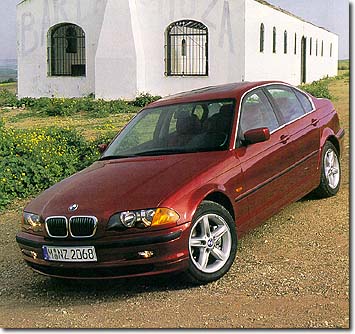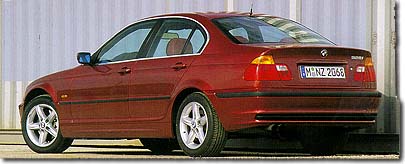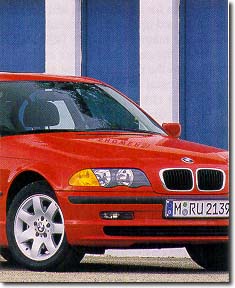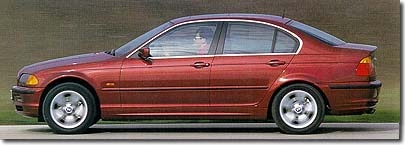
Series 3 Round 4

Despite a quiet evolution in styling, the new 3 Series knocks its rivals back to the drawing board yet again.

Series 3 Round 4

Despite a quiet evolution in styling, the new 3 Series knocks its rivals back to the drawing board yet again.
 I did half a lap with DSC in and then elected to switch it off the rest of the time. This way, I could use rear-end slip to balance the car better through a fast late apex left hander which is taken in third. After that is the long right-hander which I prefer to take in fourth to carry more speed through the bend with the car more settled than if you are screaming it in third.
I did half a lap with DSC in and then elected to switch it off the rest of the time. This way, I could use rear-end slip to balance the car better through a fast late apex left hander which is taken in third. After that is the long right-hander which I prefer to take in fourth to carry more speed through the bend with the car more settled than if you are screaming it in third.  The black plastic inserts fend off bad low speed parking maneuvers without leaving expensive battle scars. Front fog lights are standard on the 328i, optional on the 323i.
The black plastic inserts fend off bad low speed parking maneuvers without leaving expensive battle scars. Front fog lights are standard on the 328i, optional on the 323i.  But is this enough to keep enthusiasts in the fold when the competition is getting better all the time?
But is this enough to keep enthusiasts in the fold when the competition is getting better all the time?
Want more information? Search the web!
Search The Auto Channel!